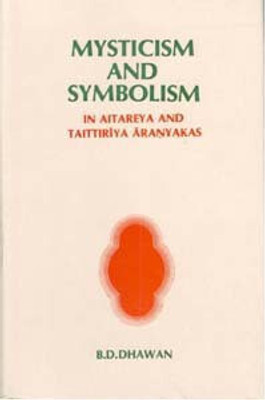Mysticism and Symbolism in Aitareya and Taittiriya Aranyakas(Paperback, B.D. Dhawan)
Quick Overview
Product Price Comparison
About The Book: The entire Vedic Literature had broadly speaking, four different and distinct stages of development over a period of thousands of years since the very prehistoric times. The Aranyakas or the Forest Texts constitute the third important class of literary work. Despite constituting a landmark and rather a turning point in the remarkable philosophic thought of the entire Vedic literature, the Aranyakas have, of the Vedic scholars/researchers. Whatever research had been undertaken in this branch of Vedic literature, it has, invariable, been perfunctory or at the most touched only on in significant aspect of the other wise, rich philosophic contents of the Hermit Texts. A significant feature of this book is that it undertakes a comprehensive analysis of the most intricate spiritual mysteries of the universe. Such deepseated intricacies of philosophy have been extricated from a plethora of ritualistic moss and characteristically archaic language of the texts under study. The SuppremeBeing who transcends the duality of subject and object cannot, ipso facto be a field, of clear definition and demonstration, but inspite of such inherent limitations, the author has lucidly deciphered. His characteristics including. His omniscience/ omnipresence identity between the universal and individual souls, permeation of the latter even up to the ends of the hair in the human body etc. Even a cursory glance through the work reveals that these two principal Aranyakas are immensely rich in their metaphysical contents. The author has, rather boldly, brought out some of the then prevailing social superstitions like observing of odd omens, their illeffects and pseudomysticism so much so that even the points of comparison and contrast between the two Aranyakas under study have also been meticulously, but briefly brought out. In short, the book presents a panoramic view of the Aryan culture including social conceptions in that hoary past. About The Author: Dr. B.D. DHAWAM (b. 19


